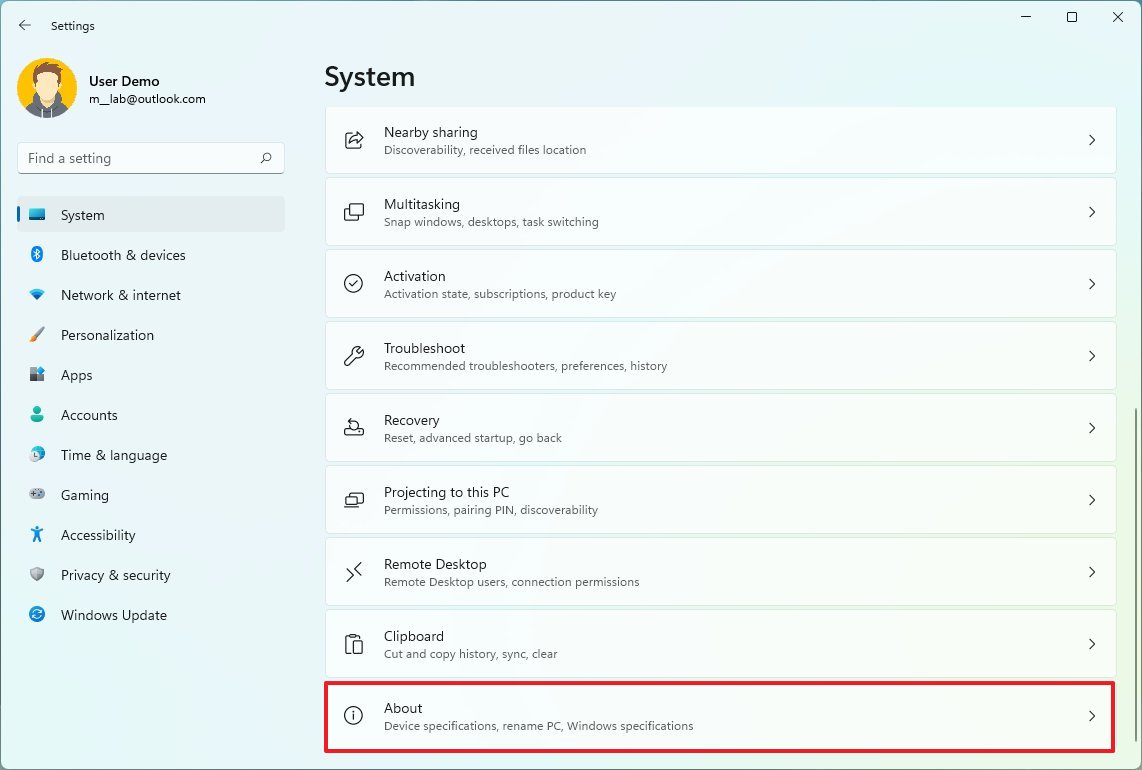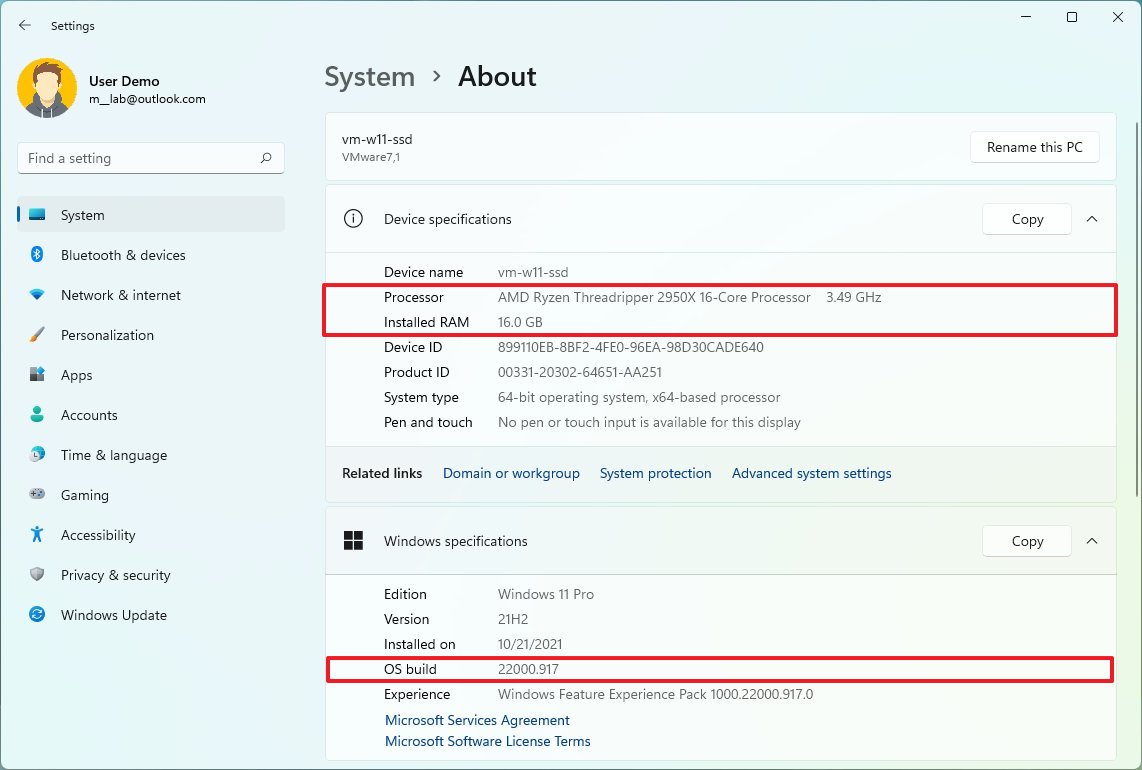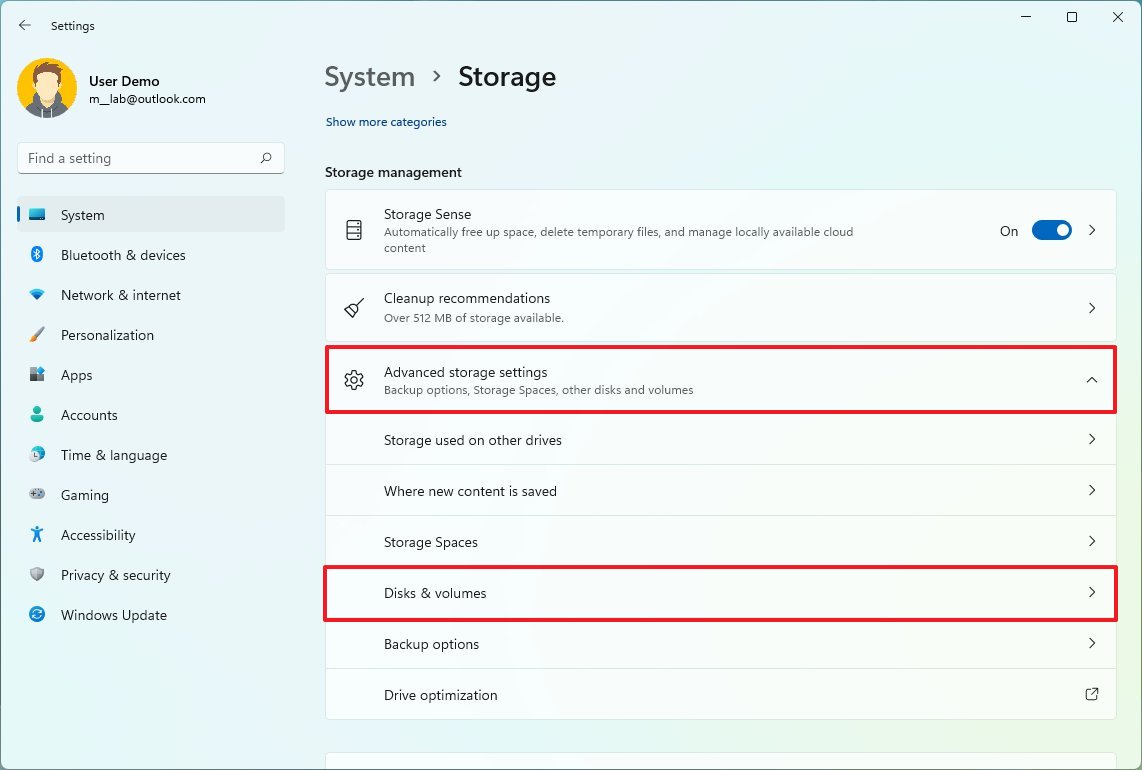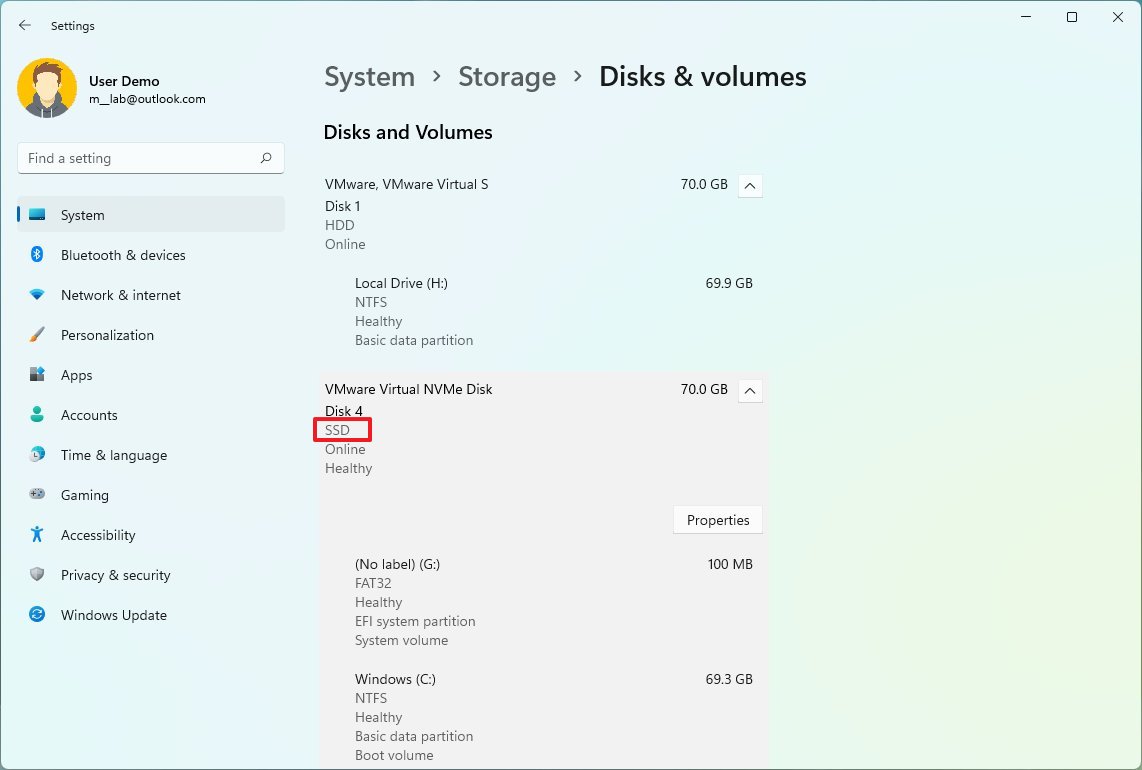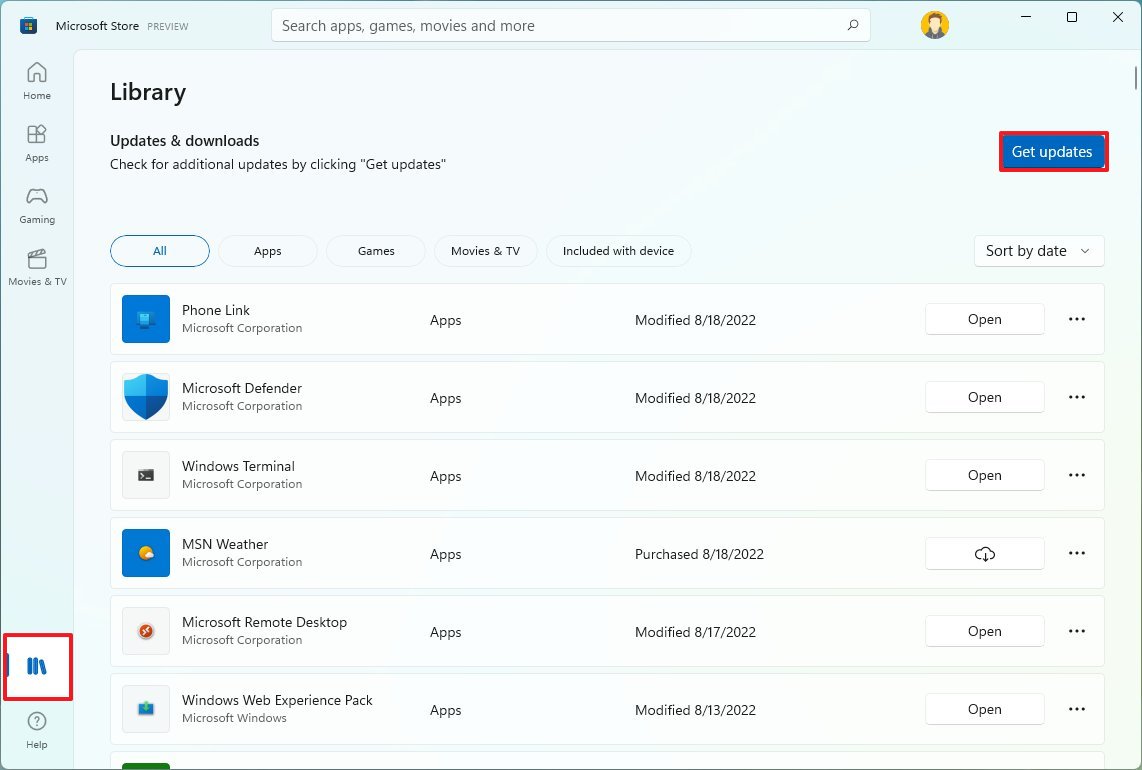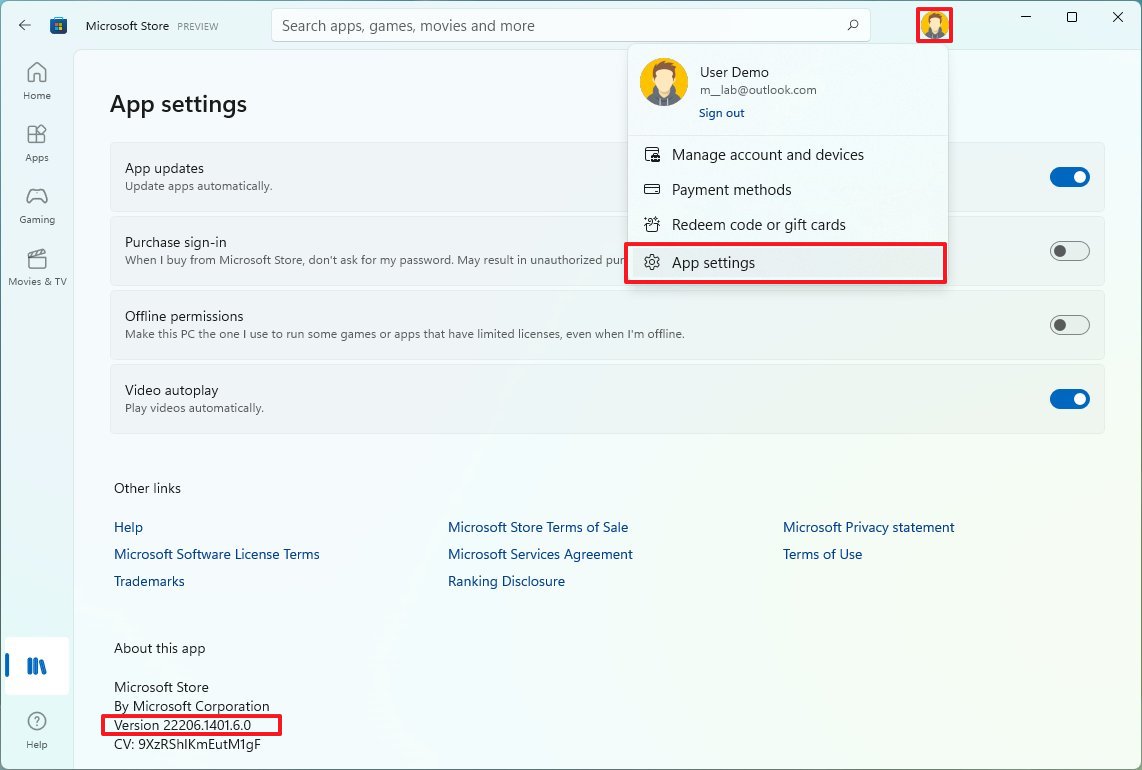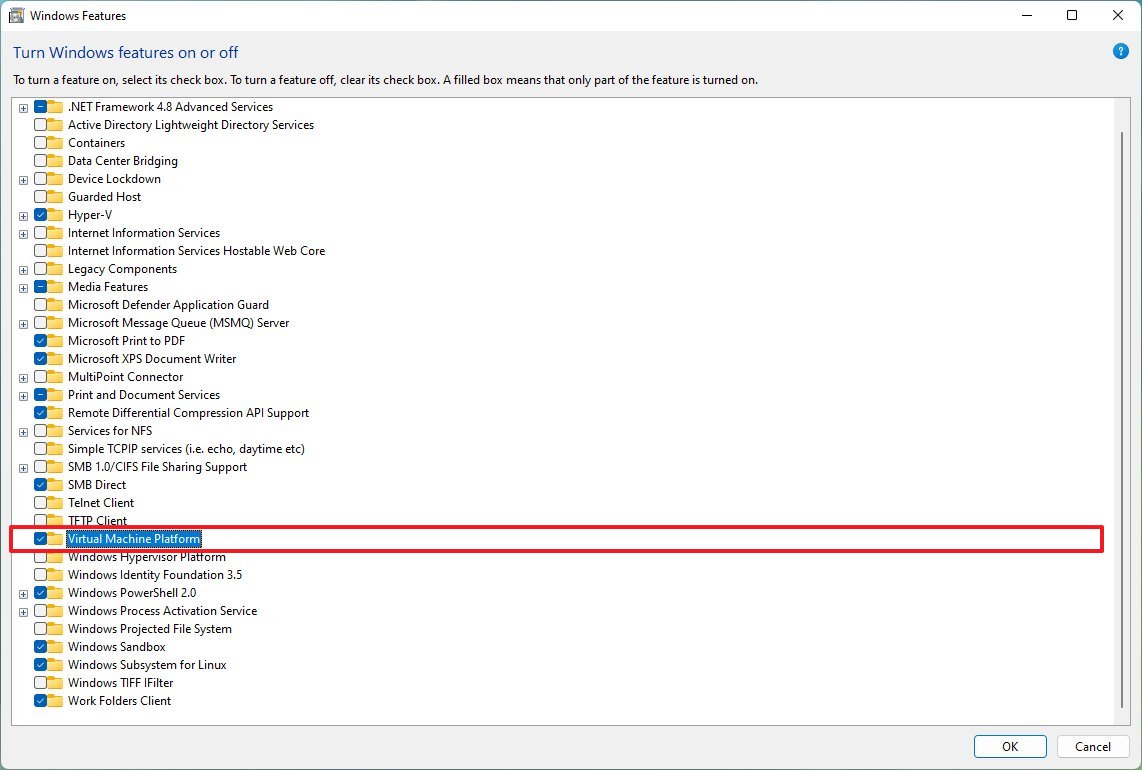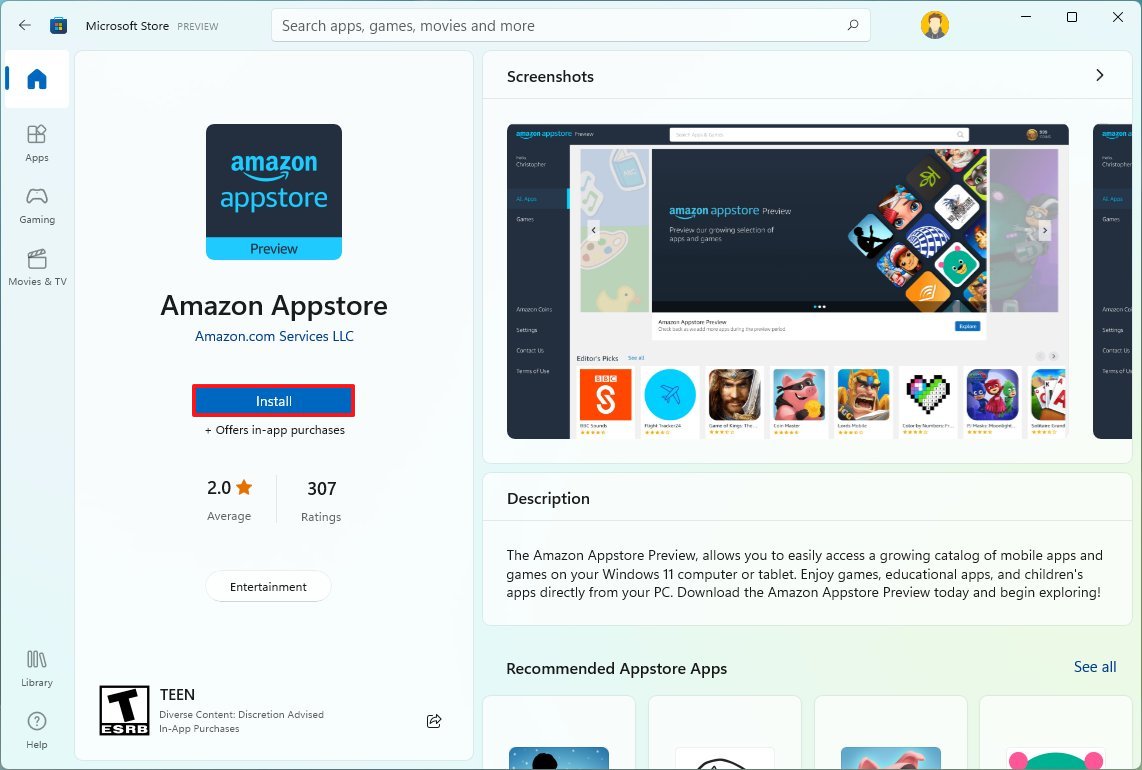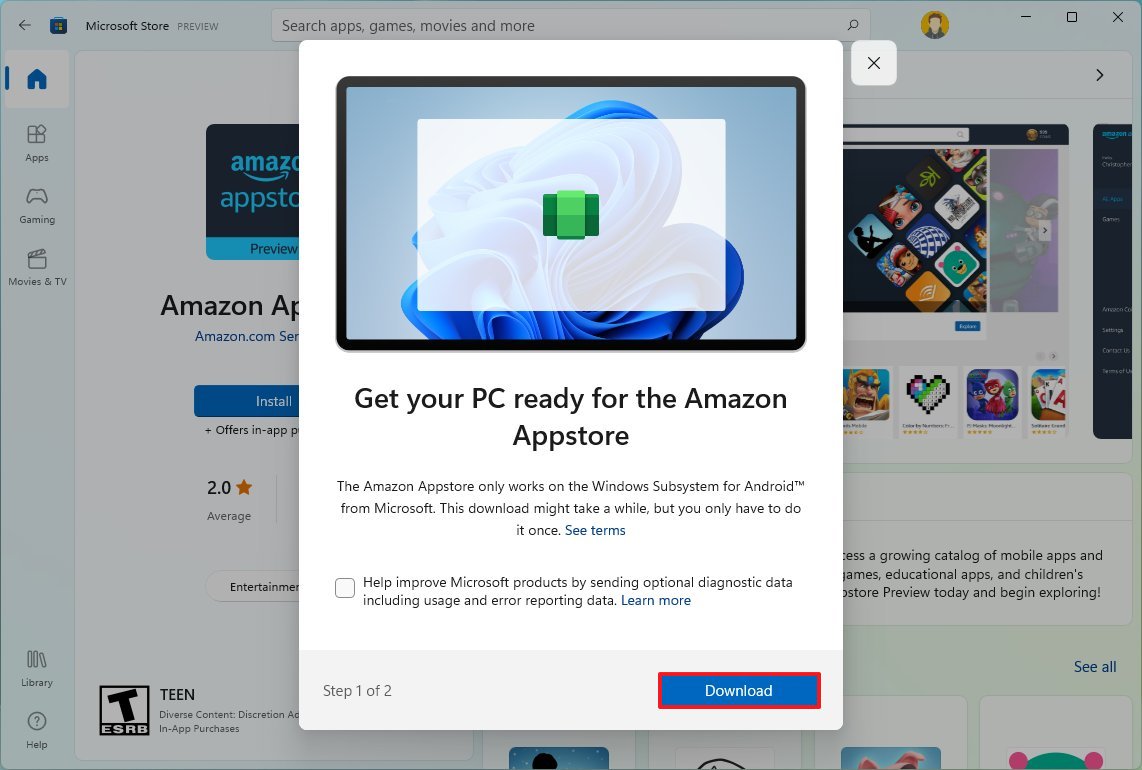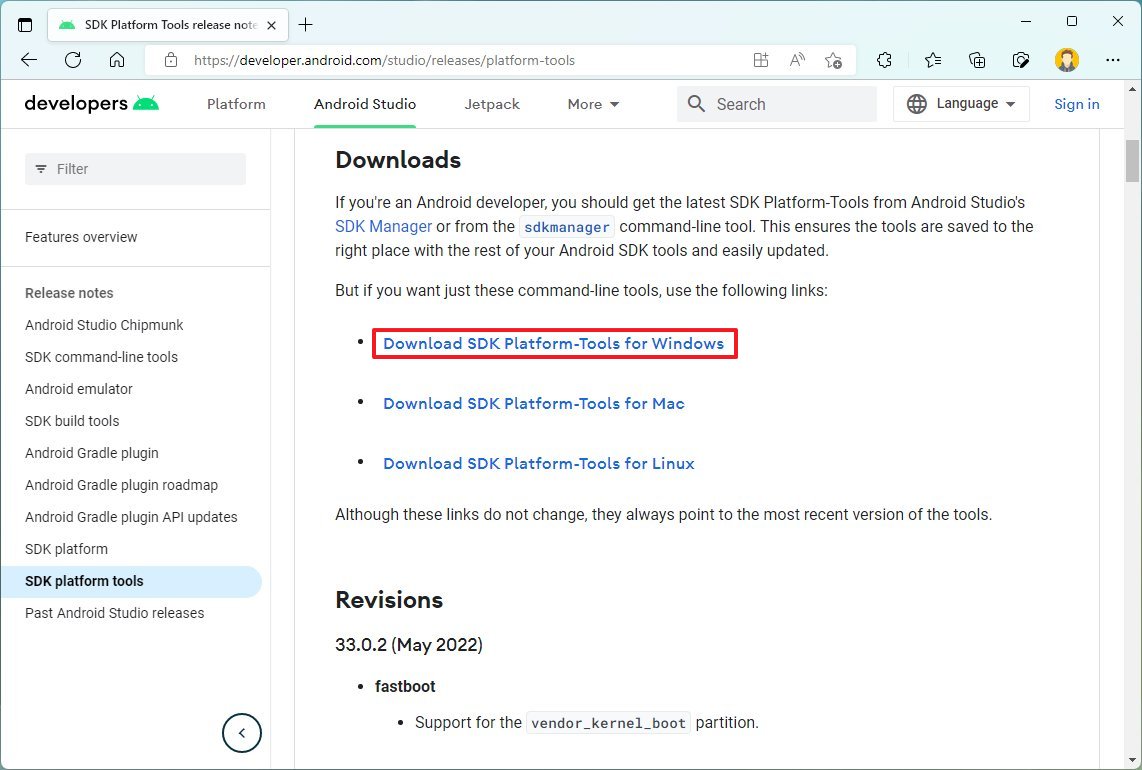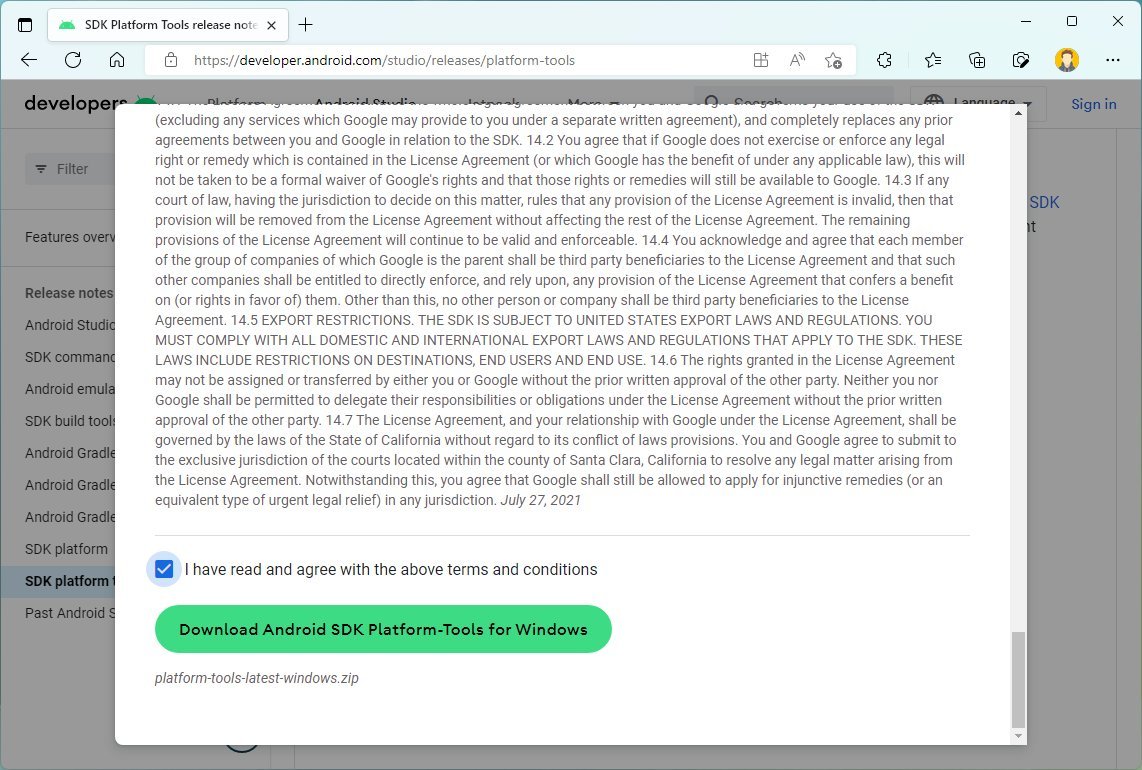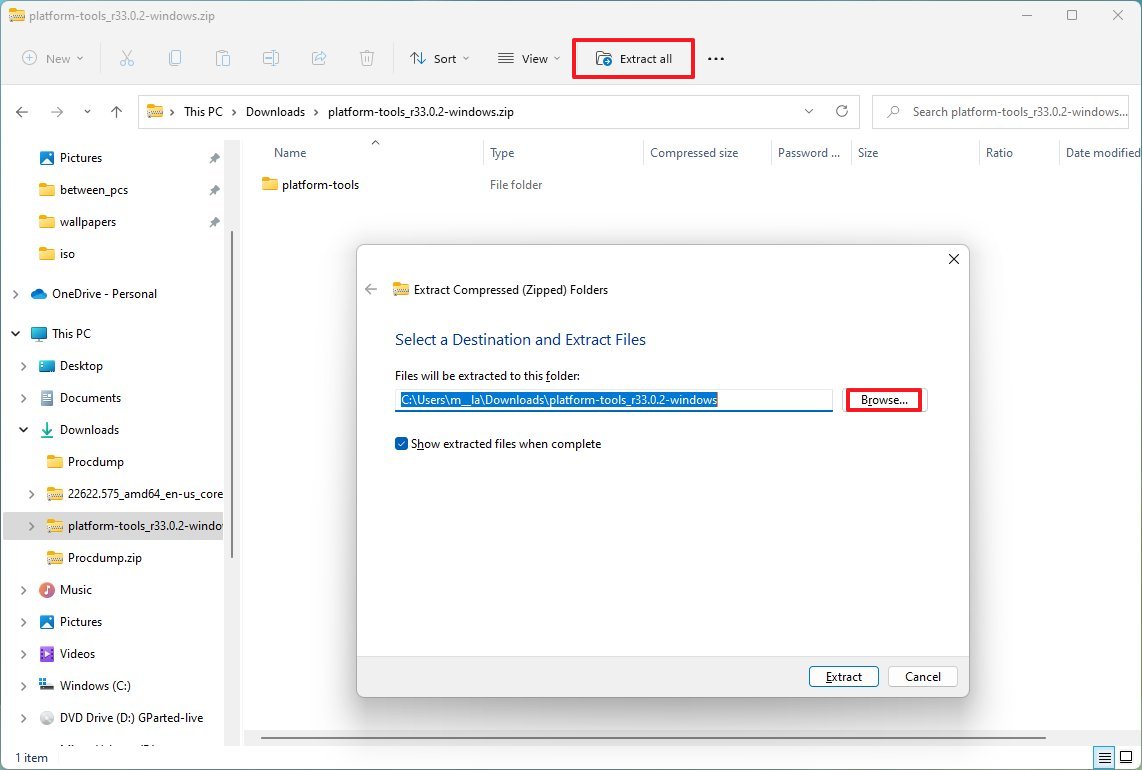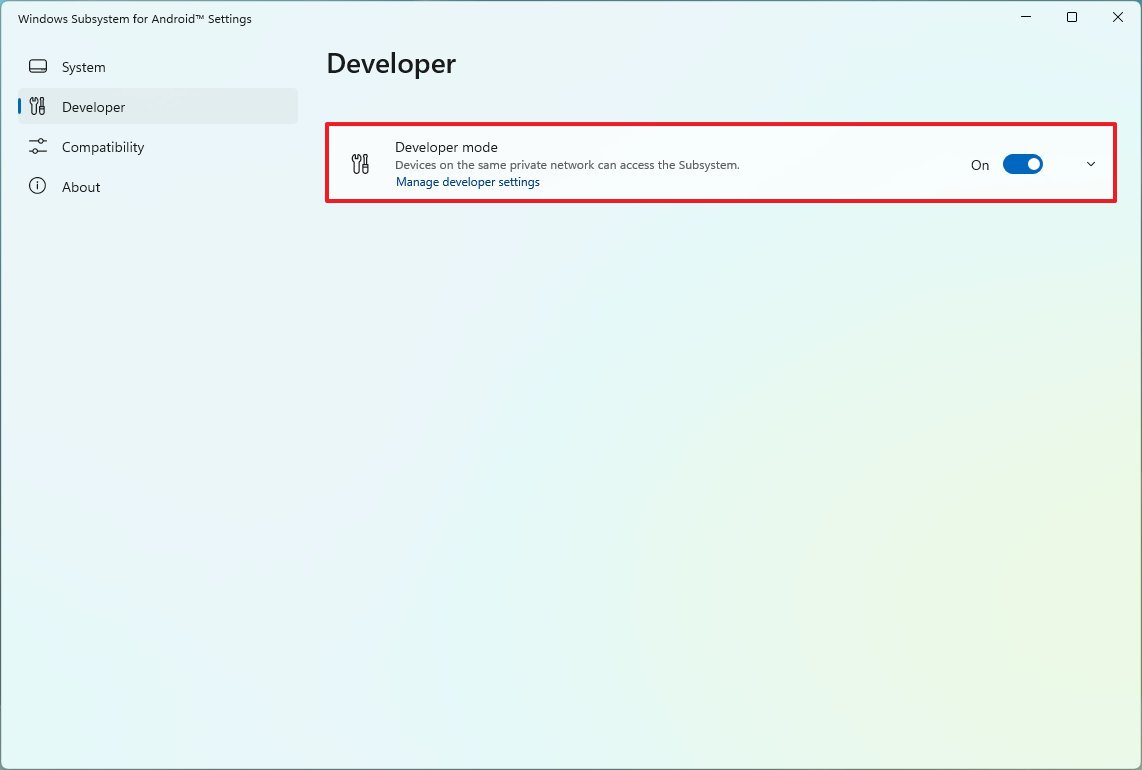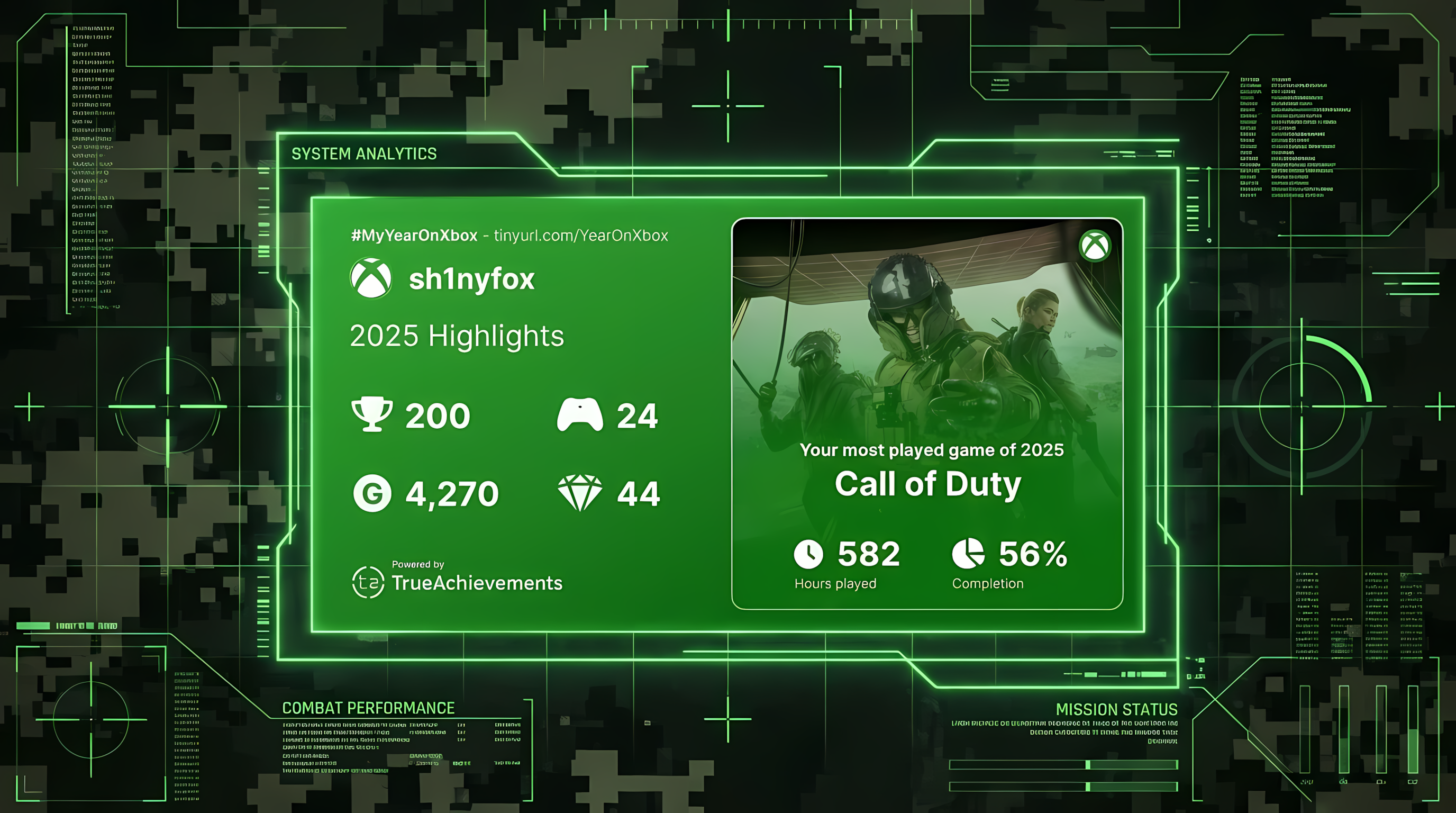How to sideload Android apps using WSA on Windows 11
You're not limited to the Amazon Appstore. You can sideload virtually any Android apps, and here's how on Windows 11.
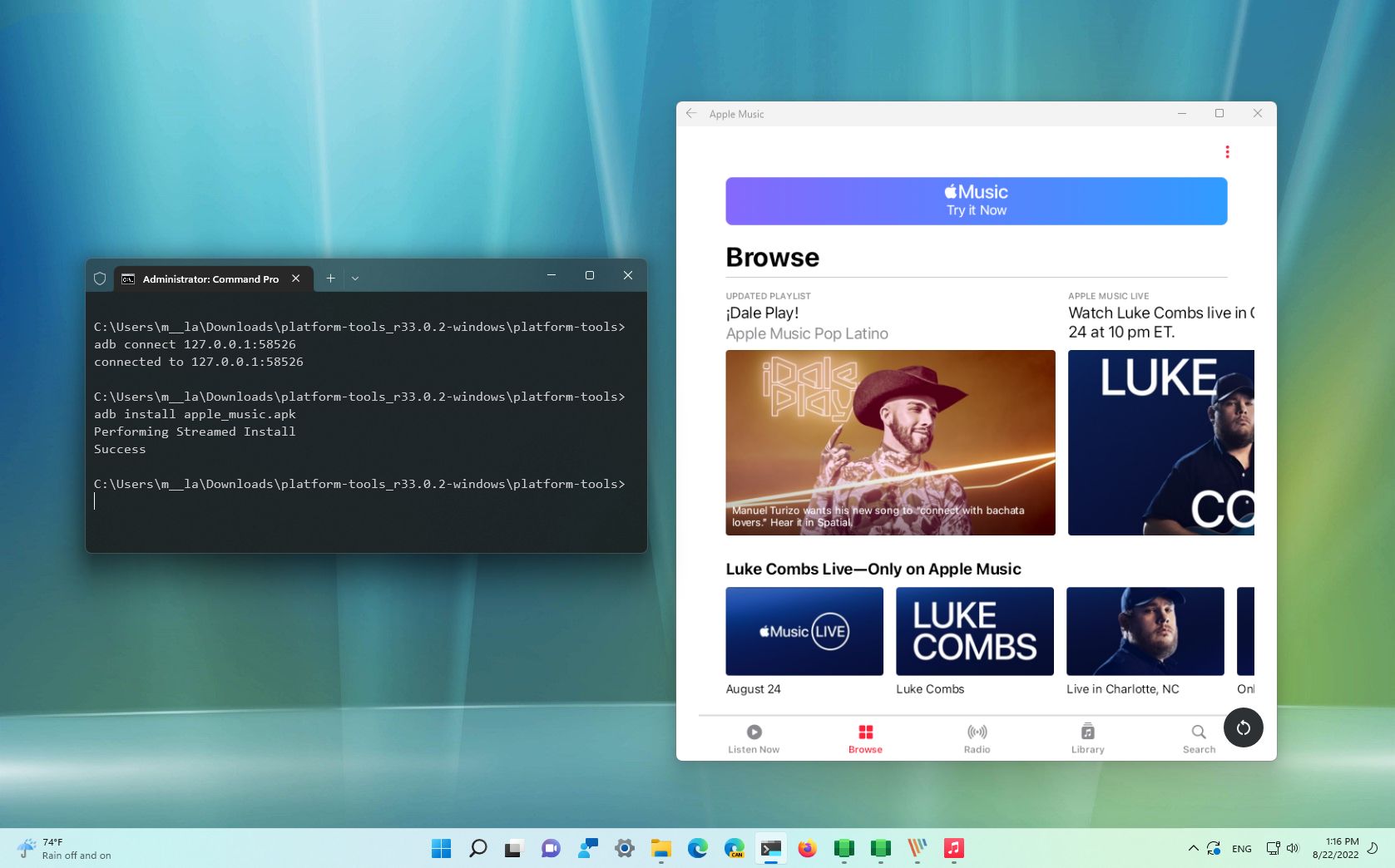
The Windows Subsystem for Android (WSA) continues to be available as a preview, finally bringing support for Android apps to Windows 11. Although the company has decided to collaborate with Amazon to download the apps using the Amazon Appstore, it's possible to sideload Android apps you may have acquired from different sources.
The platform is currently available for devices in the United States and Japan, running the most up-to-date version of Windows 11 and meeting the memory, processor, and virtualization requirements, and using a United States-based Amazon account to access the Amazon Appstore.
Since the Amazon Appstore only offers a limited number of apps, and not everyone has an Amazon account or an account based in the U.S., you can use the Android Debugging Bridge (ADB) tools to install apps from any source using the ".apk" file.
This guide will walk you through the steps to sideload Android apps on Windows 11.
How to install WSA on Windows 11
To sideload Android apps, you first need to confirm that your computer meets the minimum requirements, and then you need to install the Windows Subsystem for Android, which you can do by installing the Amazon Appstore.
System requirements
These are the additional system requirements for running Android apps on Windows 11:
All the latest news, reviews, and guides for Windows and Xbox diehards.
- Memory: 8GB or 16GB (recommended).
- Processor: Intel Core i3 8th Gen, AMD Ryzen 3000, Qualcomm Snapdragon 8c, or better.
- Storage: Solid-state drive (SSD).
- Microsoft Store app: Version 22110.1402.6.0 or higher.
- Windows 11: Build 22000.527 or higher.
Check system requirements
To check the system requirements, use these steps:
- Open Settings.
- Click on System.
- Click the About page on the right side.
- Under the "Device specifications" section, confirm the RAM and CPU requirements.
- Under the "Windows specifications" section, confirm the build number is higher than 22000.257.
- Click on System.
- Click the Storage page on the right side.
- Under the "Storage management" section, click on Advanced storage settings.
- Click the Disks & volumes setting.
- Select the main drive.
- Confirm that the media type is SSD. If it's "HDD," you won't be able to install WSA.
Once you complete the steps, you want to make sure the device has the latest updates of Windows 11.
Check for Windows 11 updates
To download the latest updates of Windows 11, use these steps:
- Open Settings.
- Click on Windows Update.
- Click the Check for updates button.
After you complete the steps, restart the computer to apply any pending updates.
Check for Microsoft Store update
If you want to install the Amazon Appstore app, the device must be using the Microsoft Store app version 22110.1402.6.0 or higher.
You can use these steps to update the store and check the current version:
- Open Microsoft Store app.
- Click on Library.
- Click the Get updates button.
- Click the Profile menu and select the App settings option.
- Confirm that the version is higher than 22110.1402.6.0.
Once you complete the steps, you can now enable the virtualization features on the motherboard and Windows 11.
Enable virtualization
The platform requires a device with virtualization enabled at the hardware and software level. Since each computer is different, you may want to check your manufacturer support website for the specific steps to check and enable virtualization in the UEFI firmware of the motherboard. If you have a computer with modern hardware, this feature may already be enabled. Once you confirm that virtualization is enabled, you can turn on the Virtual Machine Platform on Windows 11.
To enable the Virtual Machine Platform feature, use these steps:
- Open Start.
- Search for Turn Windows features on or off and click the top result to open the app.
- Check the "Virtual Machine Platform" option.
- Click the OK button.
- Click the Restart button.
After you complete the steps, you can proceed to install the Windows Subsystem for Android and the Amazon Appstore.
Install Amazon Appstore and WSA
To install the Amazon Appstore with WSA, use these steps:
- Open the Amazon Appstore page.
- Click the Install button.
- Click the Next button.
- Click the Restart button.
- Click the Close button.
- Close the Microsoft Store app.

After you complete the steps, you can finally proceed to sideload Android apps on Windows 11.
How to sideload Android apps on Windows 11
The process of installing and running Android apps has three steps. First, you need to set up the Android Debugging Bridge (ADB) tools to connect and install the apps. Then you need to provide the ".apk" file to install the application. Third, you need to use the ADB command to stream and install the package to the Windows Subsystem for the Android virtual machine.
Set up Android Debugging Bridge
To set up the ADB tools, use these steps:
- Open the Android developer website.
- Under the "Downloads" section, click the "Download SDK Platform-Tools for Windows" link.
- Check the option to accept the terms.
- Click the "Downloads" section, and click the "Download Android SDK Platform-Tools for Windows" button.
- Save the platform-tools zip to the computer.
- Open the recently downloaded zip folder.
- Click the Extract all button.
- Click the Browse button.
- Select the extraction destination.
- Click the Extract button.
- Open the platform-tools folder.
- Select and copy the path from the address bar.
Once you complete the steps, you need to download the Android app file you want to install on Windows 11.
Download Android apps
You will need to provide the ".apk" file to install the app you want through the Windows Subsystem for Android outside the Amazon Appstore.
Once you get the Android APK file from your favorite trusted repository, make sure to save it inside the platform-tools folder.
Sideload Android apps on Windows 11
To install Android apps outside the Amazon Appstore on Windows 11, use these steps:
- Open Start.
- Search for Windows Subsystem for Android and click the top result to open the platform.
- Click on Developer.
- Turn on the Developer mode toggle switch.
- Click the Manage developer setting option to spin the Windows Subsystem for Android (if applicable).
- Check the IP address under the "Developer mode" section.
- Open Start.
- Search for Command Prompt, right-click the top result, and select the Run as administrator option.
- Type the following command to navigate to the platform-tools folder and press Enter: cd C:\PATH\TO\platform-tools
In the command, change the path of the location where you extracted the files. For example, this command opens the tool's location inside the "Downloads" folder: cd C:\Users\yourusername\Downloads\platform-tools_r33.0.2-windows\platform-tools
- Type the following command to connect to the WSA instance and press Enter: adb connect WSA-IP-ADDRESS-PORT
In the command, replace "WSA-IP-ADDRESS" with the actual IP address of the Windows Subsystem for Android. For example, this command connects using the 127.0.0.1:58526 address: adb connect 127.0.0.1.137:58526
- Type the following command to install the Android app and press Enter: adb install ANDROID-APK-APPNAME
In the command, replace "ANDROID-APK-APPNAME" with the actual .apk package name. For example, this command installs the package called apple-music-app.apk located in the platform-tools folder: adb install apple_music.apk
After you complete the steps, the app will install, and you can then find it and run it from the Start menu like any other native app on Windows.
More resources
For more helpful articles, coverage, and answers to common questions about Windows 10 and Windows 11, visit the following resources:

Mauro Huculak has been a Windows How-To Expert contributor for WindowsCentral.com for nearly a decade and has over 22 years of combined experience in IT and technical writing. He holds various professional certifications from Microsoft, Cisco, VMware, and CompTIA and has been recognized as a Microsoft MVP for many years.
